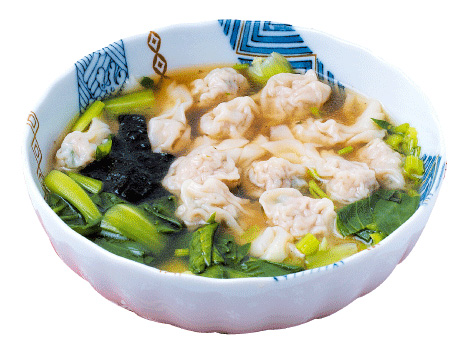The Lunar New Year is by far the most important holiday for Chinese families and a large part of what makes the holiday is the food. Most dishes and foods eaten during the Chinese New Year are culturally significant and eaten for unique reasons.
In many Chinese families, there are a few staple dishes that should always be on the table during New Year’s, whereas other dishes may vary.
Lunar New Year Staples:
Wontons and Dumplings - Before dumplings came about, wontons (hún dùn, 餛飩) were eaten because the word for wonton in Chinese carries the meaning of new beginnings. Phonetically, it also sounds like the term that describes a well-stocked grain bin, representing a wholesome new year and a good harvest.
Later on, wontons were made into the shape of a crescent moon, and became dumplings. The tradition of eating dumplings had already become popular throughout China during the Tang Dynasty.
According to custom, dumplings should be eaten when the clock strikes 12 on New Year’s Eve. This is because the Chinese term for dumplings jiǎo zǐ (餃子) can represent that hour of midnight (the hour of zi), also signifying a new beginning and the transition into a new year. Some also say that dumplings take on a similar shape as yuán bǎo (元寶), gold and silver ingots used in Imperial China, which symbolizes wealth.
Long noodles—Long noodles are often called longevity noodles, because that’s what they represent—a long and prosperous life. The noodles should not be broken or cut in pieces in the cooking process. This dish came about after the Tang Dynasty, since before then, noodles were not long and thin, but more like dough flakes.











